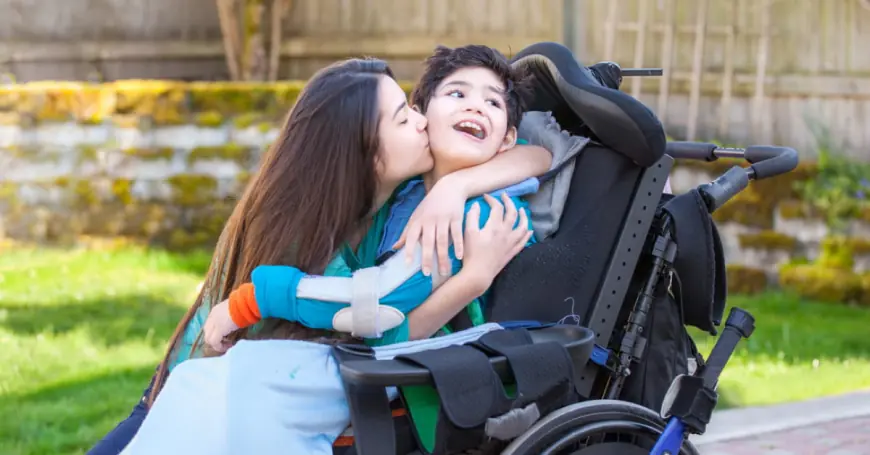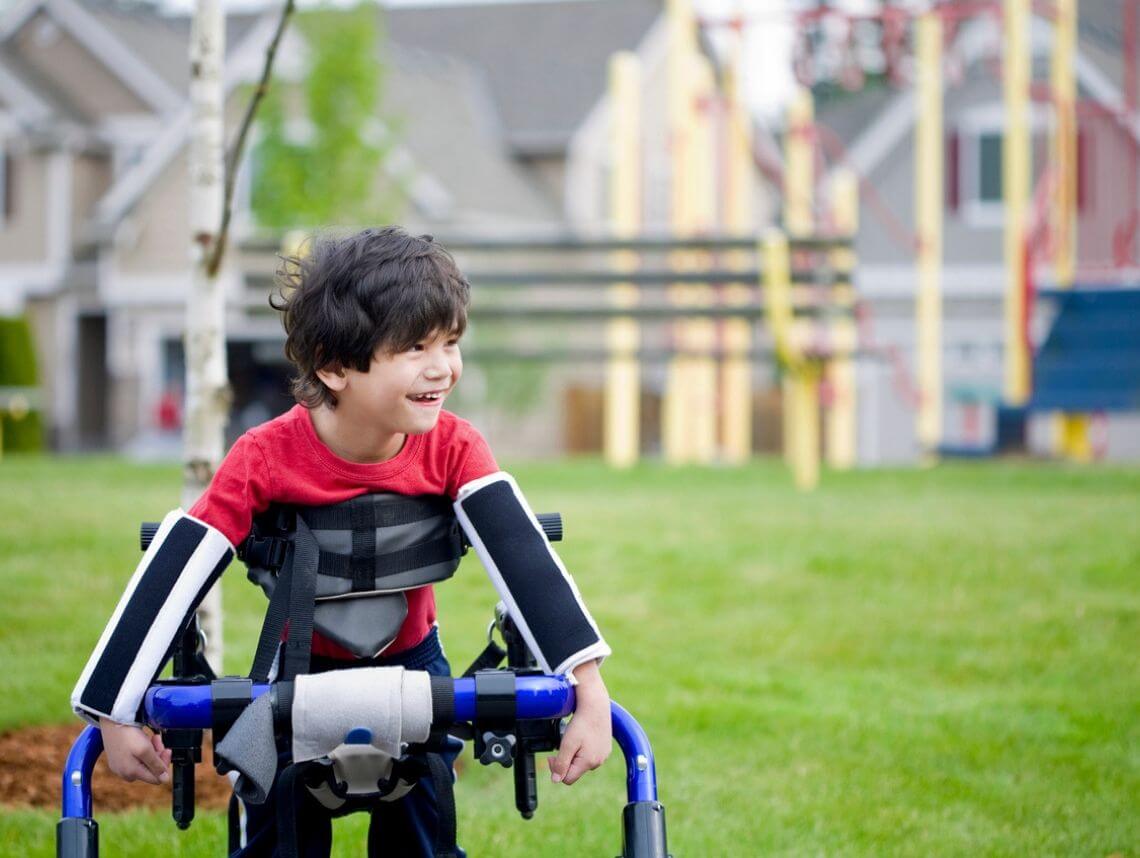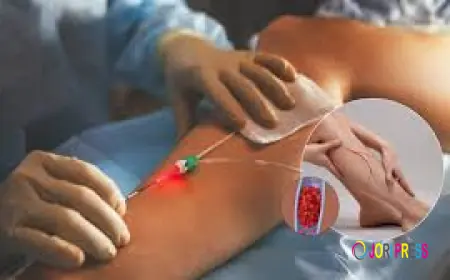How Cerebral Palsy Treatment is Making a Difference

Cerebral palsy is a neurological condition that affects movement, muscle tone, and coordination. While there is no cure, advancements in Cerebral Palsy Treatment Dubai have significantly improved the quality of life for individuals living with this condition. From early interventions to innovative therapies, modern treatment approaches focus on enhancing mobility, independence, and overall well-being.
This article explores how Cerebral Palsy Treatment is transforming lives by addressing symptoms, improving functionality, and providing support for individuals and their families.
Understanding Cerebral Palsy
Cerebral palsy is caused by damage to the developing brain, often before or during birth. This condition affects muscle control, posture, and balance, making everyday movements challenging. The severity of symptoms varies widely—some individuals may experience mild difficulties, while others require lifelong assistance.
Early diagnosis plays a crucial role in managing cerebral palsy. When identified early, interventions can begin promptly, helping children develop essential motor skills and adapt to their unique needs.
The Role of Cerebral Palsy Treatment in Improving Lives
Effective Cerebral Palsy Treatment focuses on individualized care, targeting specific challenges faced by each person. The goal is to maximize independence, improve mobility, and enhance communication skills. Here’s how modern treatments are making a difference:
Physical Therapy for Enhanced Mobility
Physical therapy is a cornerstone of Cerebral Palsy Treatment. It helps strengthen muscles, improve flexibility, and develop better coordination. Therapists use specialized exercises and techniques tailored to each individual’s abilities.
Regular physical therapy sessions can lead to:
-
Improved posture and balance
-
Increased range of motion
-
Better walking and movement patterns
-
Reduced muscle stiffness
Children who engage in consistent physical therapy often achieve milestones like sitting, crawling, and walking with greater ease. For adults, therapy helps maintain mobility and prevent secondary complications.
Occupational Therapy for Daily Independence
Occupational therapy empowers individuals with cerebral palsy to perform daily activities more independently. Therapists work on fine motor skills, hand-eye coordination, and adaptive techniques for tasks like dressing, eating, and writing.
Key benefits of occupational therapy include:
-
Increased self-reliance in personal care
-
Improved ability to use assistive devices
-
Enhanced school or work performance
-
Better problem-solving skills for everyday challenges
By focusing on practical skills, occupational therapy fosters confidence and autonomy.
Speech and Language Therapy for Communication
Many individuals with cerebral palsy face speech and swallowing difficulties. Speech therapy helps improve articulation, language comprehension, and oral motor function. Therapists use exercises, technology, and alternative communication methods to support verbal and non-verbal expression.
Speech therapy can assist with:
-
Clearer speech and pronunciation
-
Strengthening mouth and throat muscles
-
Safe swallowing techniques
-
Learning to use communication devices
Improved communication skills lead to better social interactions and academic success.
Assistive Technology for Greater Accessibility
Advancements in assistive technology have revolutionized Cerebral Palsy Treatment. From mobility aids to communication devices, these tools help individuals overcome physical limitations.
Common assistive devices include:
-
Wheelchairs and walkers for mobility support
-
Orthotic braces to improve limb alignment
-
Speech-generating devices for non-verbal communication
-
Adaptive tools for computers and tablets
These technologies enable greater participation in education, work, and social activities.
Innovative Therapies and Emerging Research
Research in Cerebral Palsy Treatment continues to evolve, bringing new hope for improved outcomes. Cutting-edge therapies such as robotic-assisted training, aquatic therapy, and neuromuscular electrical stimulation are showing promising results.
Emerging treatments focus on:
-
Enhancing neuroplasticity for better motor function
-
Using virtual reality for engaging rehabilitation
-
Exploring regenerative medicine possibilities
While more studies are needed, these innovations highlight the potential for even greater advancements in cerebral palsy care.
The Importance of a Multidisciplinary Approach
Successful Cerebral Palsy Treatment often involves a team of specialists working together. Neurologists, therapists, orthopedic specialists, and educators collaborate to create a comprehensive care plan.
A multidisciplinary approach ensures:
-
Holistic support for physical and cognitive development
-
Consistent monitoring of progress
-
Adjustments to treatment as needs change
-
Family education and involvement
This teamwork maximizes the effectiveness of interventions and helps individuals reach their full potential.
Emotional and Social Support in Cerebral Palsy Treatment
Living with cerebral palsy can present emotional and social challenges. Counseling, support groups, and community programs play a vital role in mental well-being.

Key aspects of emotional support include:
-
Building self-esteem and resilience
-
Encouraging social interaction and friendships
-
Providing resources for families and caregivers
-
Addressing anxiety or frustration related to physical limitations
A strong support network fosters a positive outlook and improves overall quality of life.
The Future of Cerebral Palsy Treatment
With ongoing research and technological advancements, the future of Cerebral Palsy Treatment looks promising. Early interventions, personalized therapies, and innovative tools continue to break barriers, offering individuals with cerebral palsy more opportunities than ever before.
By focusing on ability rather than disability, modern treatments empower people to lead fulfilling, active lives. The dedication of medical professionals, researchers, and families ensures that progress will keep moving forward.
Conclusion
Cerebral Palsy Treatment in Dubai has come a long way in improving mobility, communication, and independence for those affected by the condition. Through physical therapy, occupational therapy, speech therapy, and assistive technology, individuals with cerebral palsy can achieve remarkable milestones.
A multidisciplinary approach, combined with emotional support, ensures comprehensive care that addresses both physical and psychological needs. As research advances, the potential for even more effective treatments grows, offering hope for an even brighter future.
For anyone navigating cerebral palsy, understanding the available treatments and their benefits is the first step toward a better quality of life. With the right support and interventions, individuals with cerebral palsy can thrive and reach their fullest potential.
What's Your Reaction?
 Like
0
Like
0
 Dislike
0
Dislike
0
 Love
0
Love
0
 Funny
0
Funny
0
 Angry
0
Angry
0
 Sad
0
Sad
0
 Wow
0
Wow
0

















































